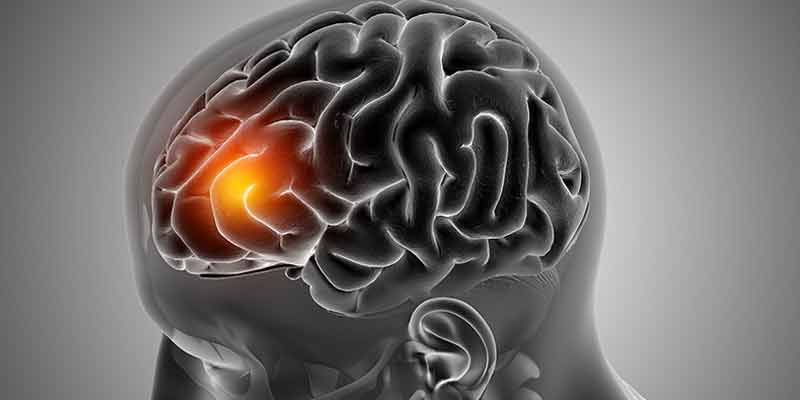Stroke is one of the leading causes of death and disability worldwide. According to the WHO, about 15 million people worldwide suffer a stroke each year. About 5 million succumb to it while another 5 million are left disabled. A stroke also referred to as a cerebrovascular accident (CVA) or a brain attack, can be treated or prevented in some cases. It can also be treated if caught early, thus avoiding permanent disability or death.Several factors increase the risk of developing a stroke.
These include -
Alcohol consumption
Cardiovascular diseases
Diabetes
Family history of stroke
Hypertension or high blood pressure
Obesity and lack of physical activity
Obstructive sleep apnoea
Smoking
The risk of developing a stroke can also increase with age. Men are at a higher risk for stroke than women, and women on specific hormone therapies could also be at a higher risk. Recently, researchers believe that a COVID-19 infection could potentially increase the risk of developing a stroke.
What Is A Brain Stroke?
A stroke is a condition in which the blood supply to them brain is interrupted, causing damage to the brain tissue. As a result, it involves loss of neurological function. Brain stroke is broadly categorized into Ischemic stroke and Hemorrhagic stroke, depending on the cause of brain stroke.
Brain Stroke Warning Signs And Symptoms
Stroke Warning Signs Could Include –
A sudden onset numbness or weakness affecting the face, arms, or legs that usually affects one side of the body
A confused state of mind - inability to communicate
Difficulty understanding speech or speaking
Blurry vision
Loss of balance, dizziness, inability to walk
Severe headache for no apparent reason
Nausea or vomiting
Sudden vertigo Posterior circulation strokes or strokes in the back of the brain can cause similar symptoms.
When Assessing A Stroke, BE FAST
A brain stroke can come on quite suddenly, and getting immediate help is essential. This means that stroke awareness is the key to survival and minimizing damage. The acronym BE FAST is an important guideline for assessing brain stroke symptoms and
getting medical attention.
B stands for balance – Does the person have a sudden loss of balance? Is there a loss of coordination?
E stands for eyes – Does the person have a partial or complete vision loss in one or both eyes? Is the vision blurry or impaired?
F stands for face – Is the face drooping, or is there numbness in the face or either side?
Stands for arms – Is there weakness or numbness of the arms or legs on one side of the body?
S stands for speech – Is the person coherent and able to understand what is spoken?
Is the speech slurred or difficult to understand?
T stands for time – If anyone around you experiences any of these symptoms, it may be time to get medical help immediately.
What Is A Silent Stroke?
Sometimes, a person may have a stroke without any of its attending visible symptoms. Alternatively, they may have mild, transient symptoms that they fail to remember or recognize. These are caused by small brain bleeds and cause salient symptoms. This
causes a delay in seeking medical attention. However, silent strokes could also cause permanent brain damage. This makes it necessary to get medical attention if you are experiencing memory problems or difficulty in gain, movement, and coordination..
Preventing A Brain Stroke
The vast majority of strokes can be avoided. The risk of developing a brain stroke increases if you suffer from high blood pressure, diabetes, vascular diseases, or atrial fibrillation. Managing these diseases through medication and lifestyle changes helps
reduce the risk of developing a stroke. Here's what you can do –
Monitor blood pressure and stay on medication
Quit smoking
Restrict alcohol intake
Keep control of diabetes with medicines and lifestyle changes
Eat a healthy diet
Exercise regularly
SOME FREQUENTLY ASK QUESTIONS:
Q.1 What Are The Five Warning Signs Of A Stroke?
While different patients could experience strokes differently, the following warning
signs could indicate a stroke –
Severe, sudden onset headache
Weakness or numbness in the face, arms, or legs
Confusion, difficulty in communication
Vision loss, blurred vision, double vision
Loss of coordination, balance, difficulty walking
Q.2 Can Brain Stroke Be Treated?
Brain stroke is treated with anticoagulants, clot busters, statins, and ACE inhibitors. In some cases, surgical intervention may be necessary. Physical therapy and rehabilitation may also be needed as part of the recovery from a stroke.
Written by
Dr. Archana Aravindan
Director IPHI

